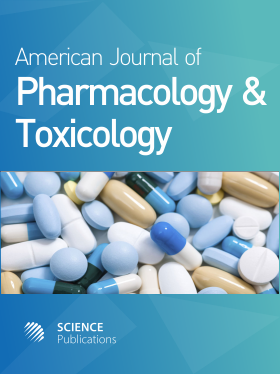Role of AP-1 Antagonism in Growth Inhibition of Cervical Cancer Cell Lines by Retinoids
- 1 The University of Oklahoma Health Sciences Center, United States
Abstract
Retinoid compounds induce multiple molecular effects that need to be taken into consideration in the development of theses agents as pharmaceuticals for cancer chemoprevention. Inhibition of cancer cell growth by retinoids is thought to occur through at least two mechanisms of transcriptional regulation resulting from direct binding of retinoids to nuclear retinoid receptors (RARs and RXR’s). First, the nuclear receptors induce or repress expression of specific genes by direct binding to retinoic acid response elements (RAREs) in gene promoters. Second, the nuclear receptors antagonize transactivation of activator protein-1 (AP-1) promoter elements by the AP-1 transcription factors. The objective of this study was to determine the contributions of RARE transactivation and AP-1 antagonism to the mechanism of growth inhibition in cervical cancer cell lines by: the 9-cis isomer of retinoic acid (9-cis-RA), which binds both RARs and RXRs; and a series of synthetic retinoids, called heteraoarotinoids, that possess various receptor specificities and reduced toxicity. The effects of these compounds on reporter gene expression and proliferation were measured in CC-1 and SiHa cell lines stably transfected with RARE or AP-1 reporter plasmids or a retrovirus harboring an inducibile AP-1 protein that is a dominant negative mutant of c-Jun (TAM67). In the CC-1 cell line, which exhibited high AP-1 activity, retinoid growth inhibition significantly correlated with both RARE transactivation and AP-1 repression, was antagonized by superinduction of AP-1 with TPA (12-O-tetradecanoylphorbol-13-acetate) and was enhanced by TAM67. In the SiHa cell line, which exhibited low AP-1 activity, RARE transactivation also significantly correlated with growth inhibition, but AP-1 induction, in contrast to AP-1 repression, correlated with growth inhibition. Furthermore, TPA superinduction of AP-1 did not attenuate retinoid growth inhibition activity in SiHa. In conclusion, repression of AP-1 with retinoids may only be effective against a subset of tumors with high AP-1 activity.
DOI: https://doi.org/10.3844/ajptsp.2006.40.47

- 6,043 Views
- 4,653 Downloads
- 0 Citations
Download
Keywords
- AP-1
- retinoids
- cervical cancer
- growth inhibition
